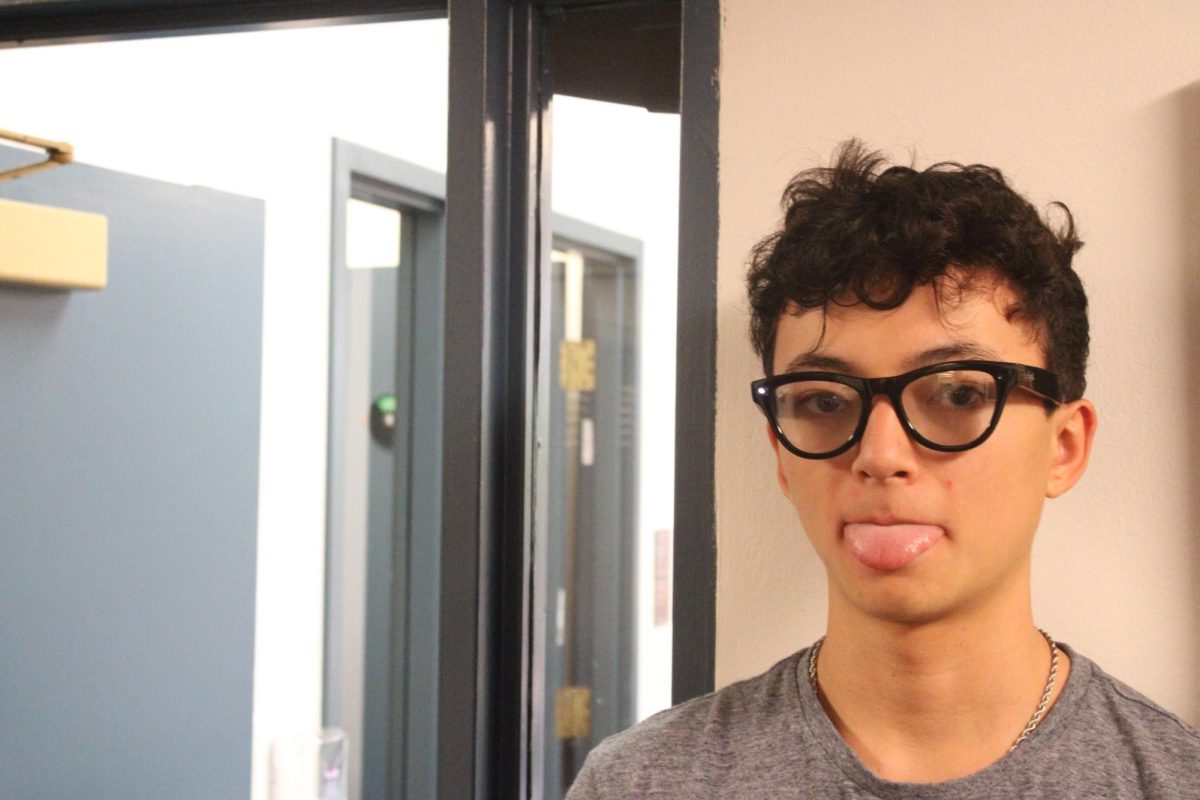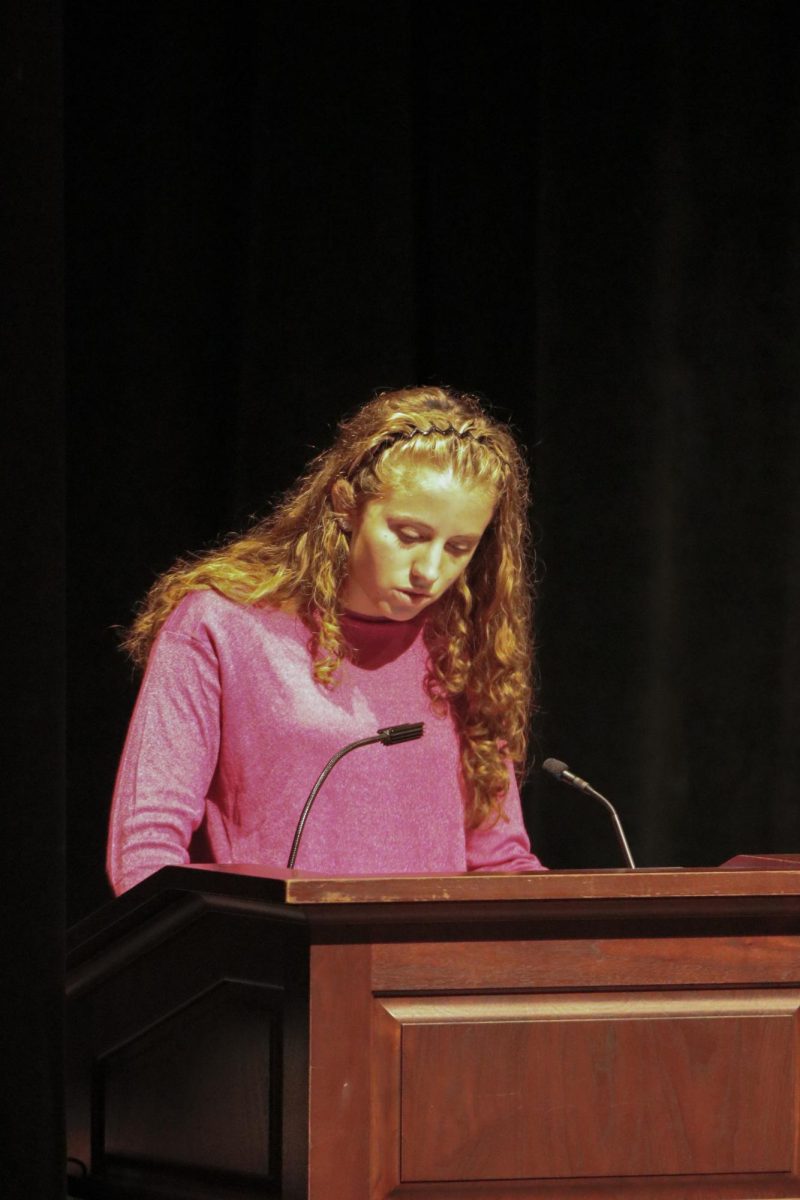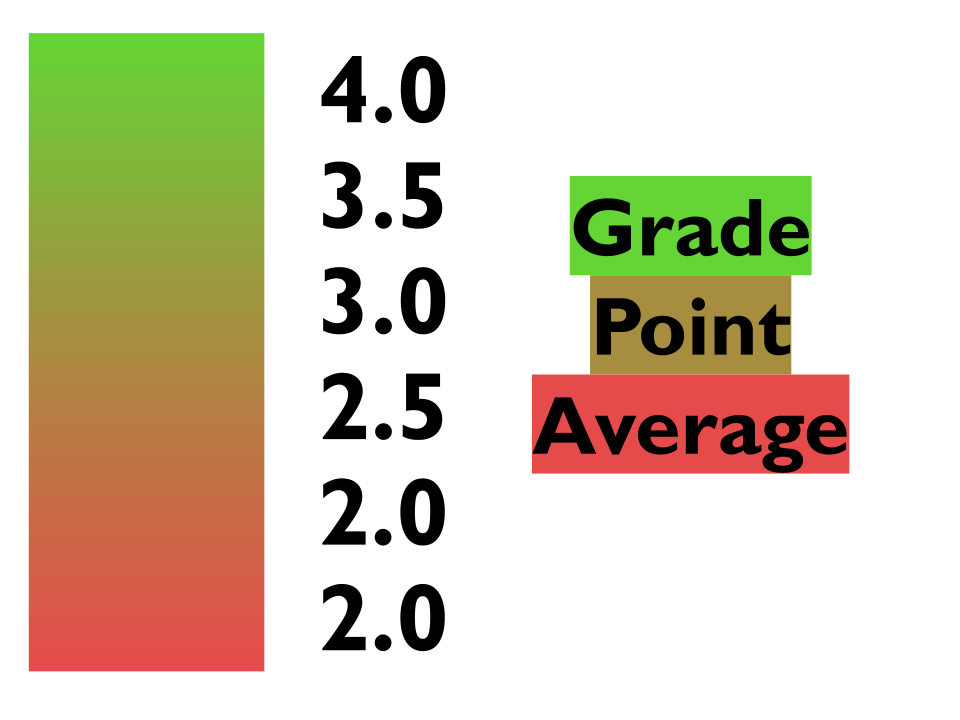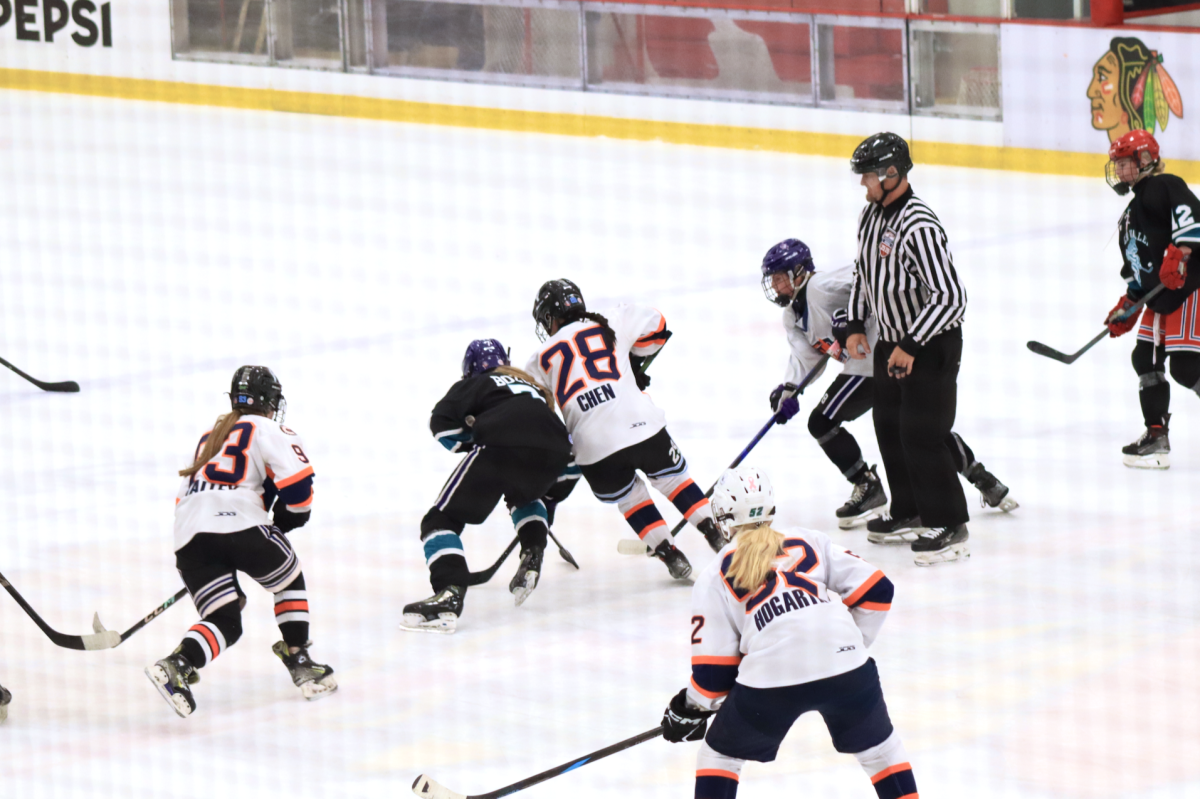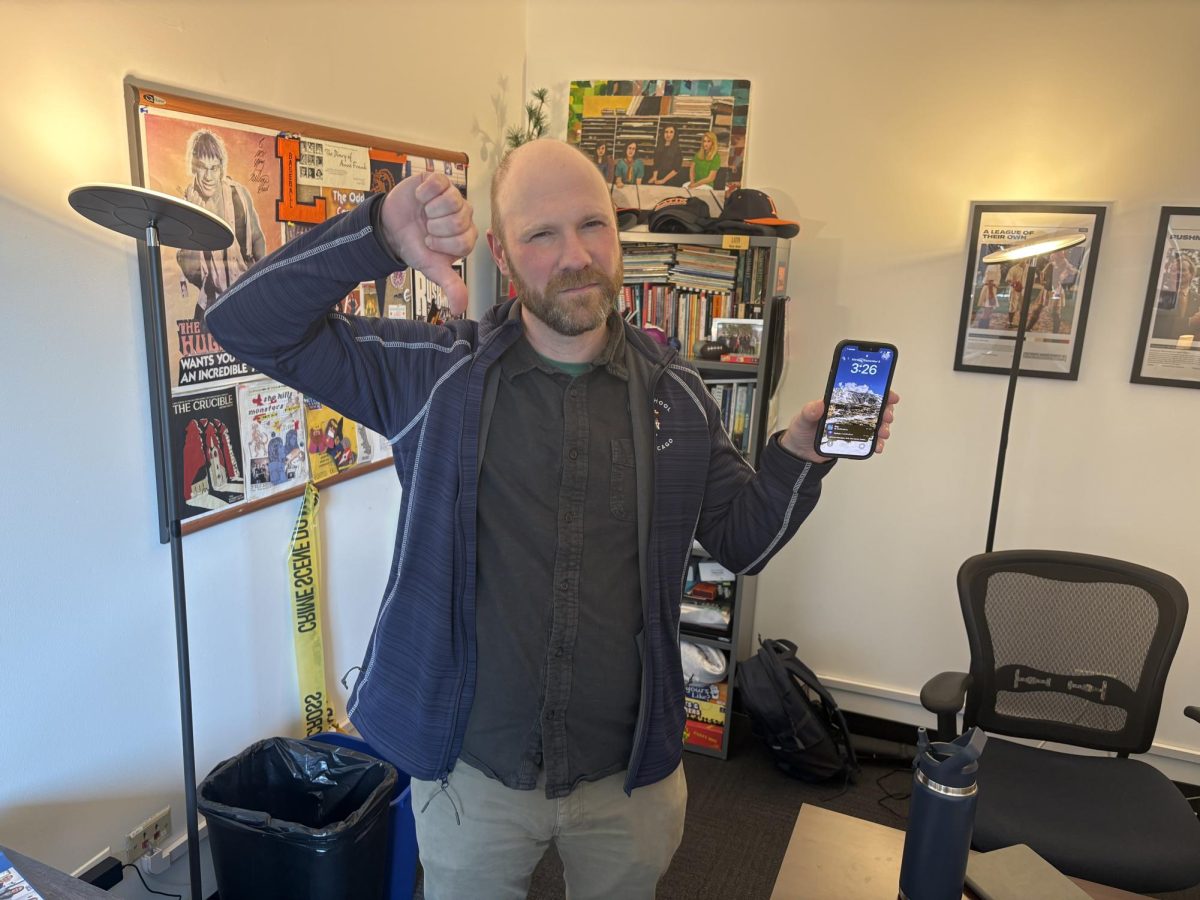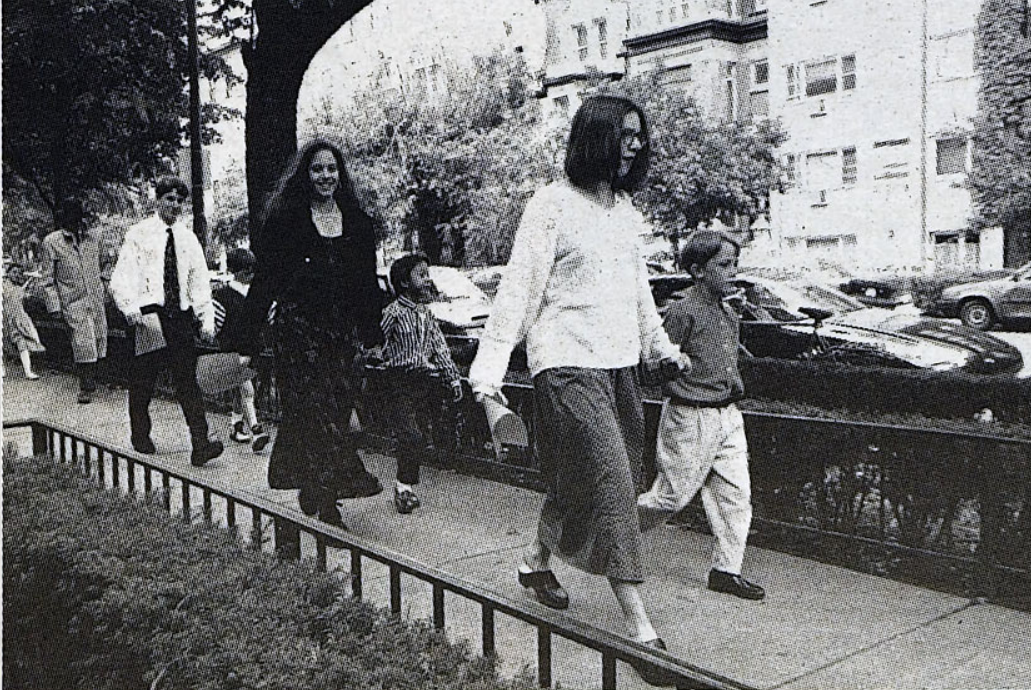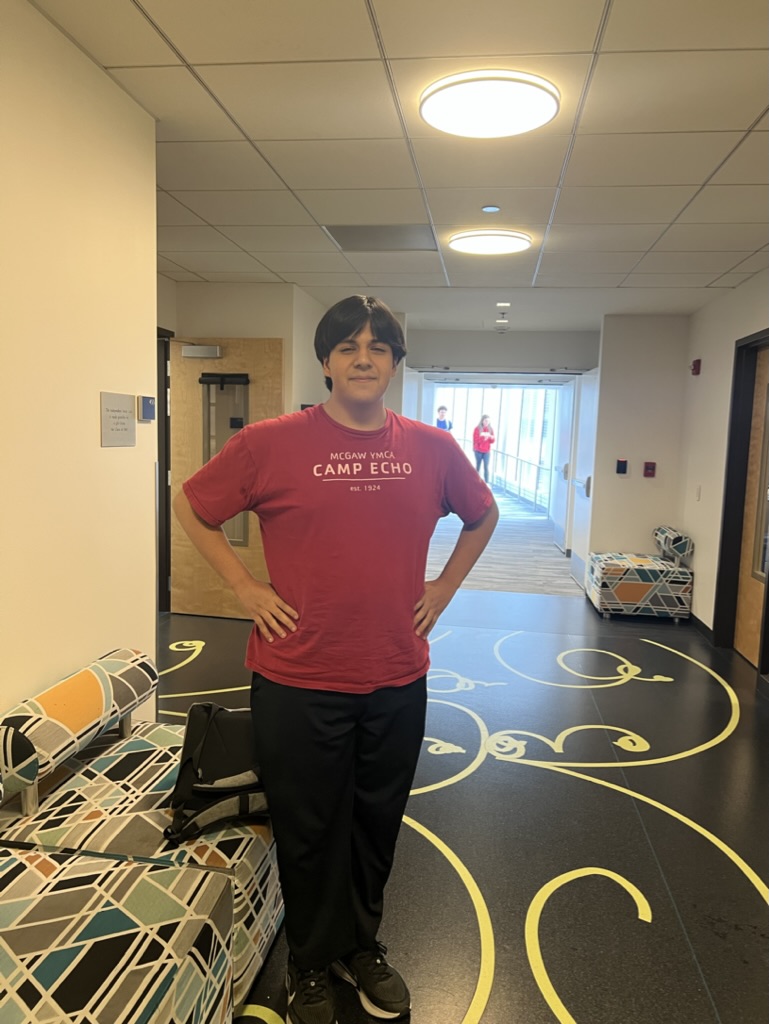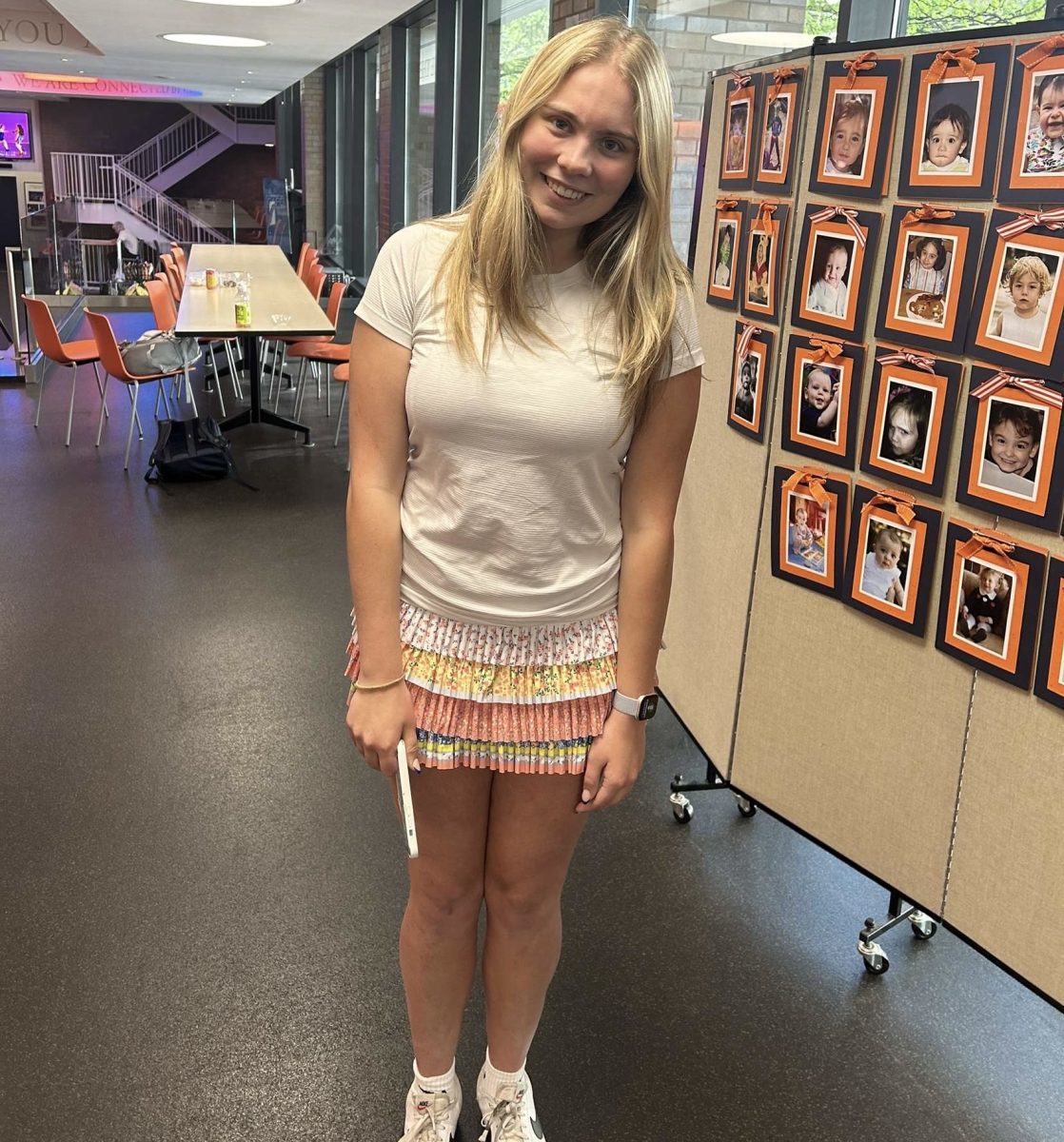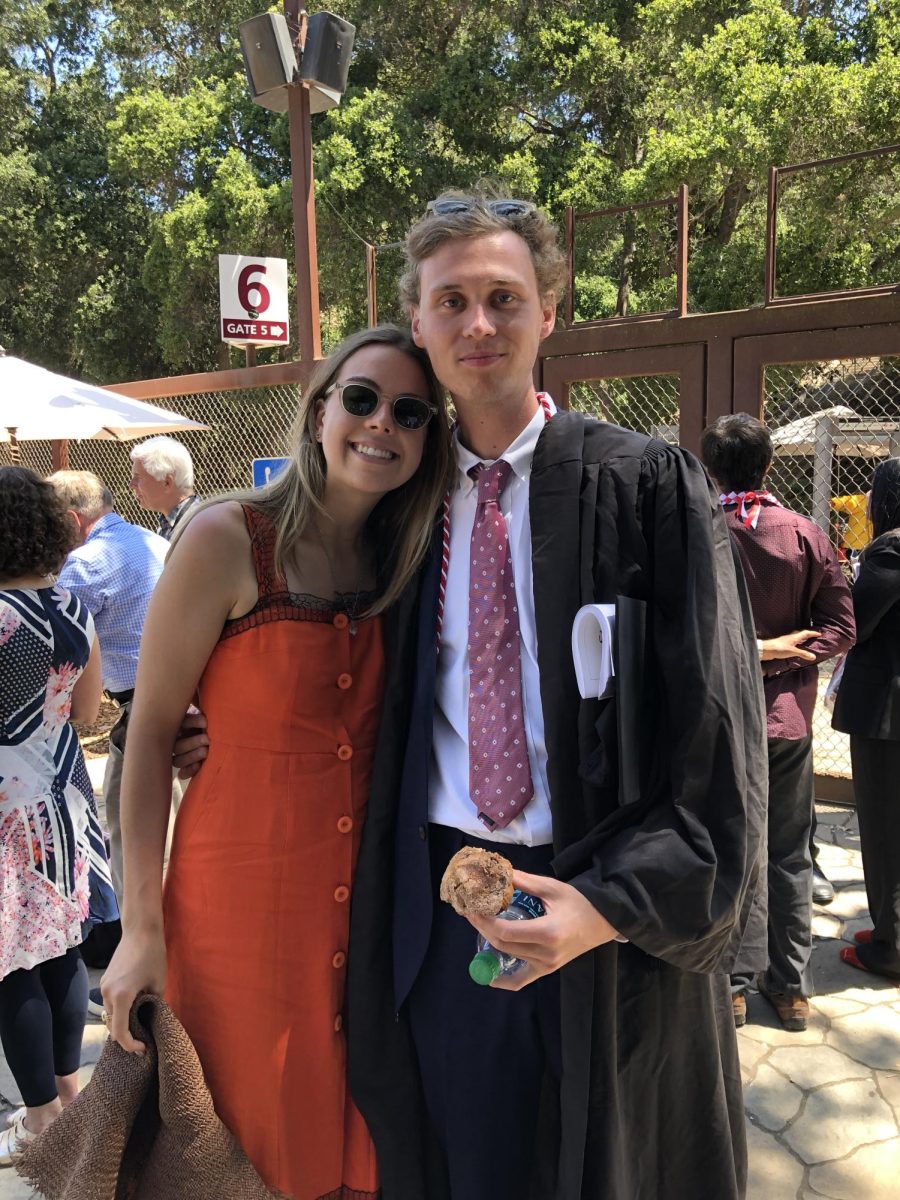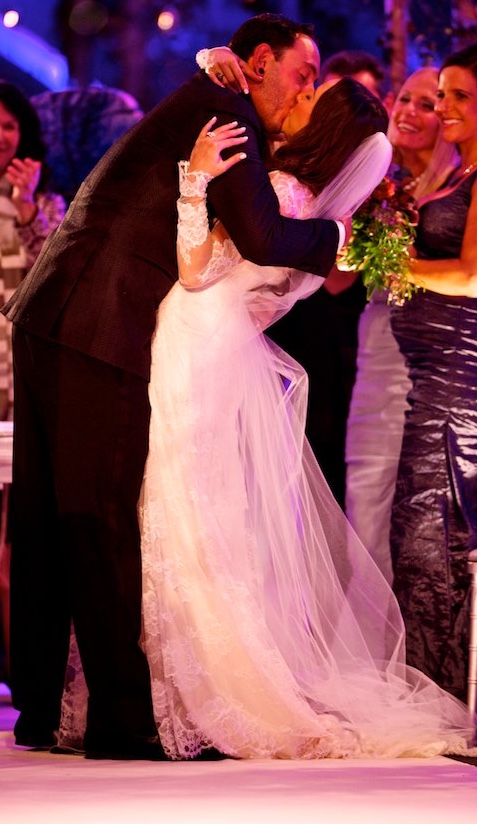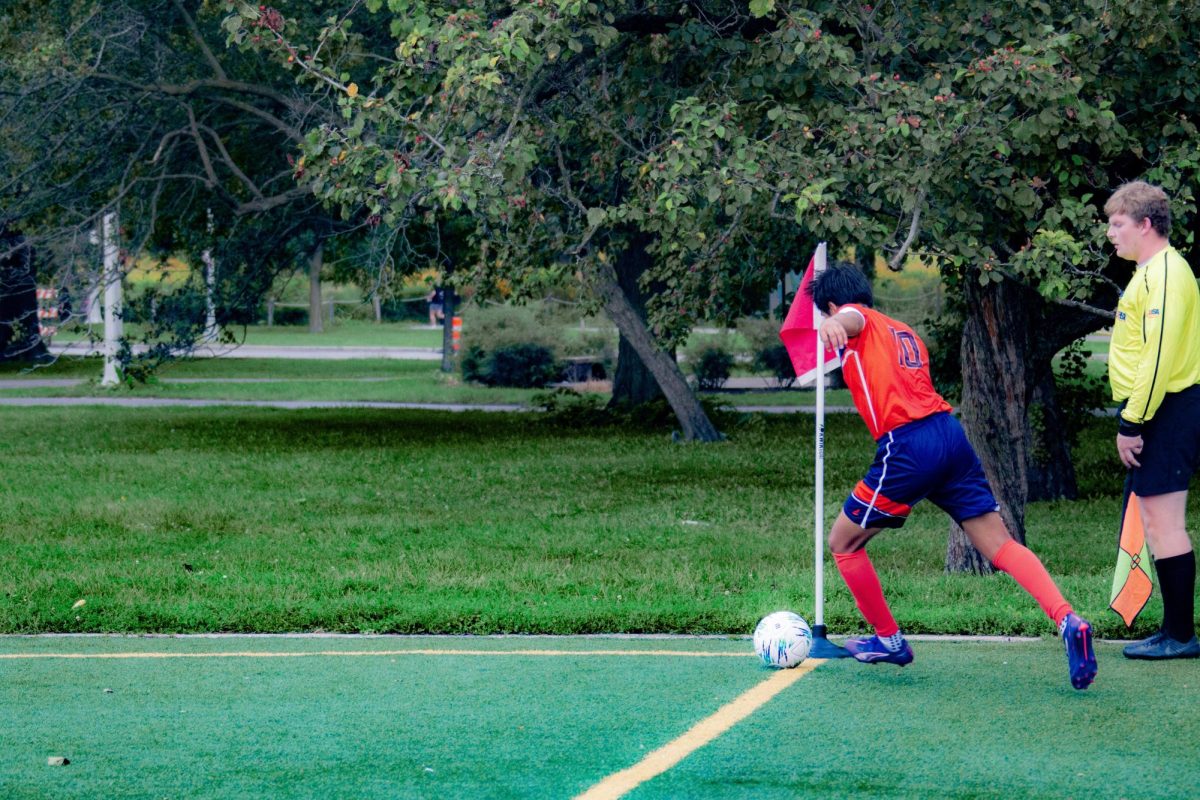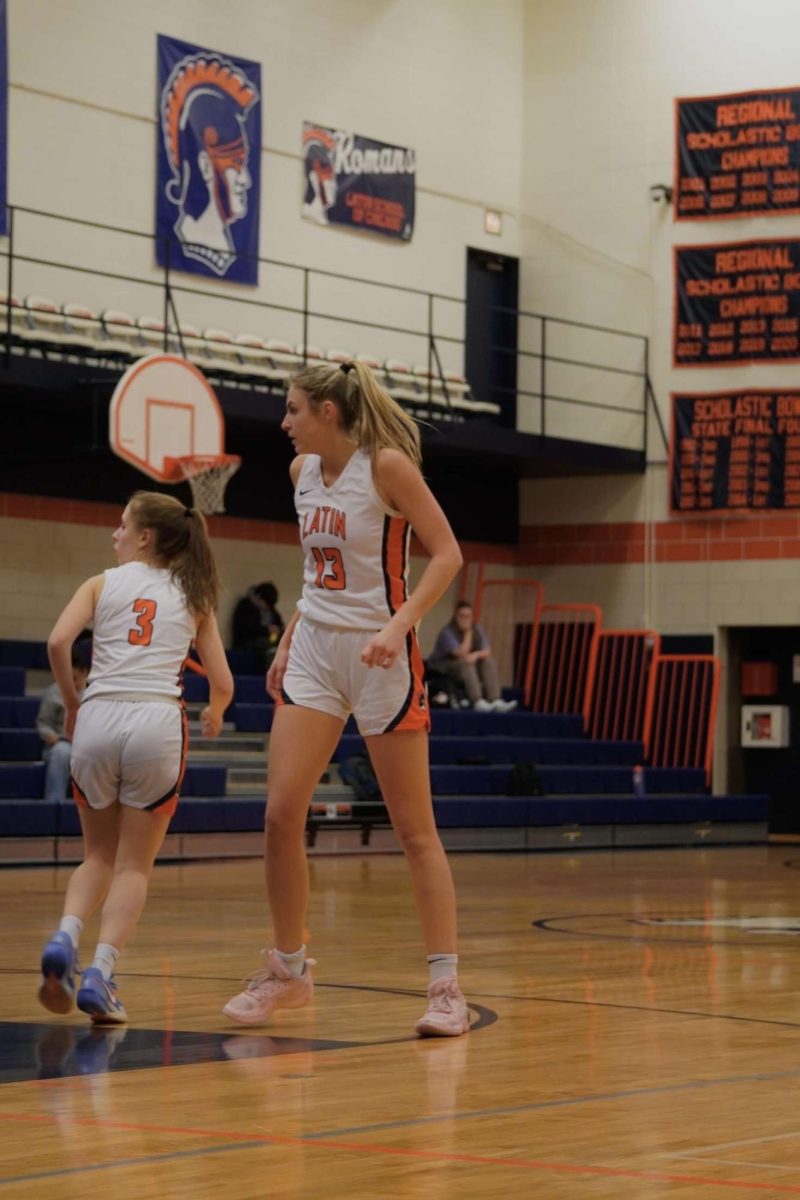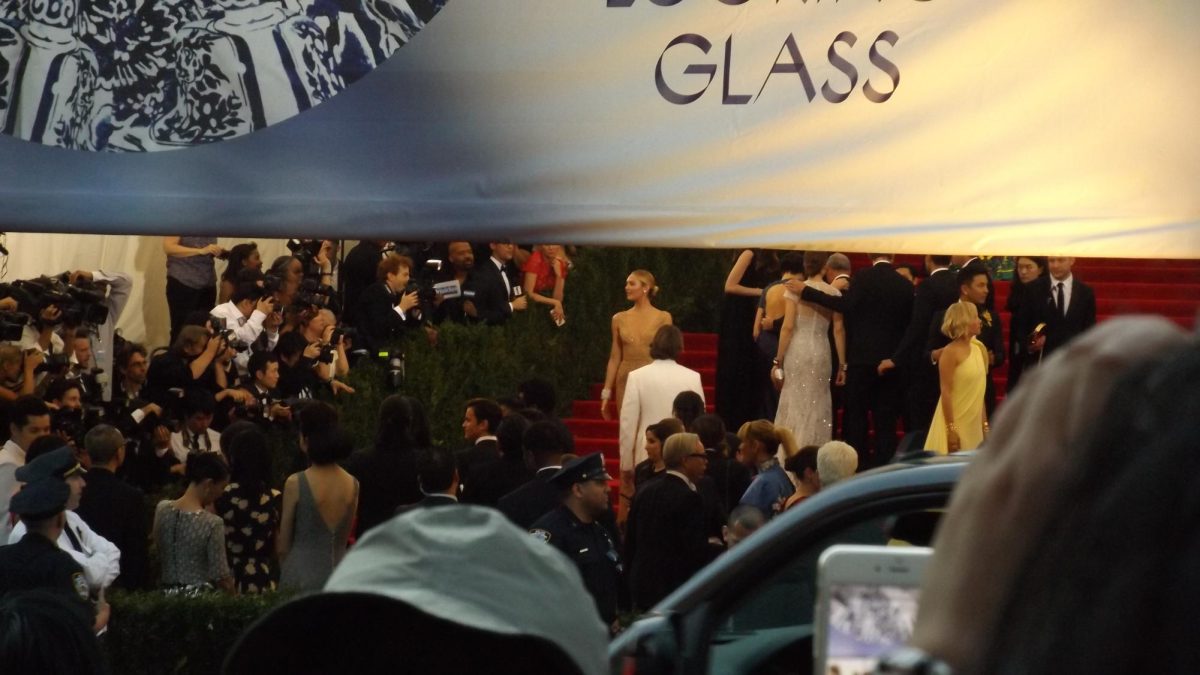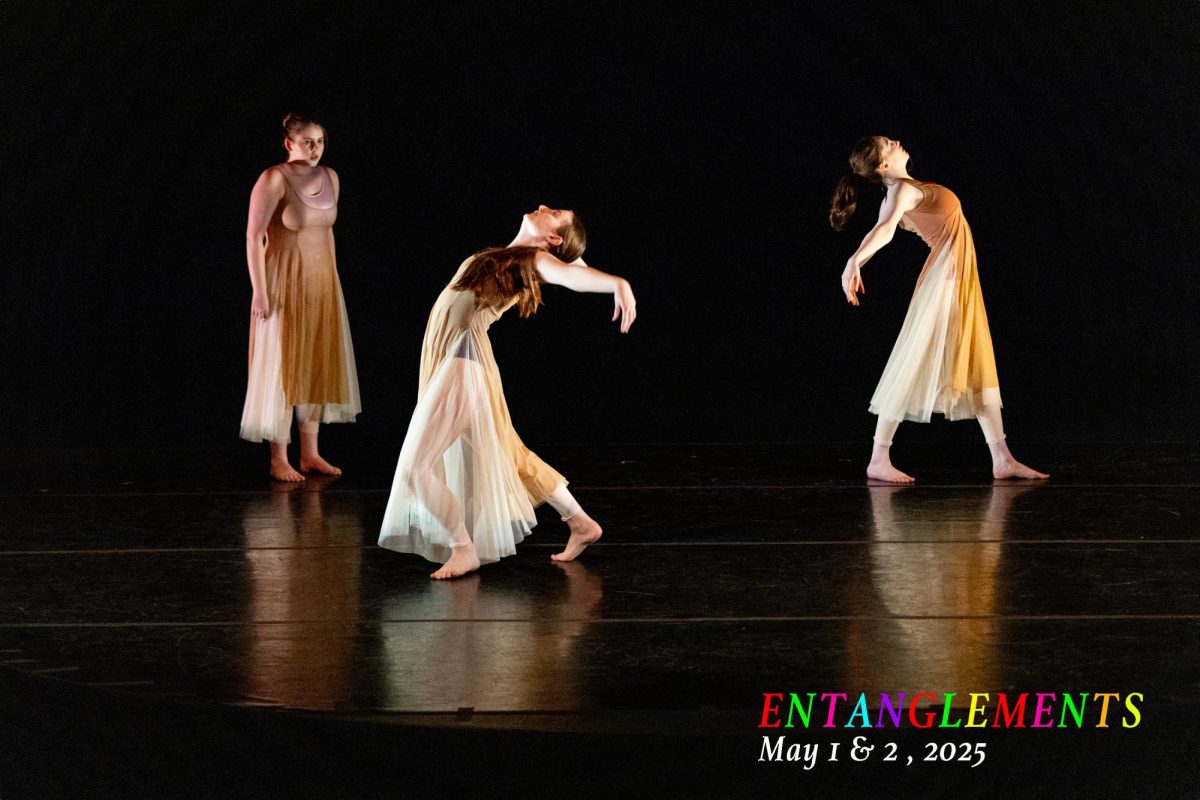Mr. McArthur At grad school this fall we ran a study on how teachers and education researchers use language to describe math classes in seven different countries around the world. The coolest part of doing this study was getting to watch how 8th grade math classrooms function in places like Chile, a country I will probably never get the chance to visit. Watching similar math lessons taught in diverse settings was undeniably captivating. From the initial moments of each class period – the teachers and students respectfully bowing to each other in China, the Czech Republic teacher exhorting her class to “find the energy to overcome the obstacle we couldn’t in the morning,” the Finnish teacher frankly telling his students how he is “so extremely happy about everything that happens here in the classroom” – to the final minutes of packaging together of each lesson, I found inspiration for my own teaching. Here at Latin, as some students know, Honors Pre-calculus is loosely structured around the “Harkness method,” a discussion-rich learning environment that continually puts students up at the board and in dialogue with each other. In this unique atmosphere, I sometimes struggle with my role as a teacher: guiding my students to what I believe to be the preferred method of solution. The types of problems we study in this “Harkness” class are intentionally written so that there are multiple ways to access the problems, and I encourage my students to try solving with as many different methods as possible. That said, I usually believe for each problem there is a most efficient method of solution, but oftentimes I don’t verbalize my own preference strongly in front of the class. I worry that if I heavily favor a certain process, it may stifle my students’ creativity in attacking problems in interesting ways. This approach backfired this fall when we studied solving rational inequalities; many of my students made unnecessary errors on a test because they took painfully long graphic approaches or avoided my gently stated preference of getting common denominators, a challenging but dependable method of solution. Watching the algebra lesson from the Czech Republic opened my eyes to how I can strengthen my own voice while still respecting the approaches and opinions of my students. While solving a formula for x on the board with his teacher, one of the students in the Czech Republic manipulated an equation in an unusual way. Without missing a beat, the teacher, standing right next to her student named Vitek at the chalkboard, said “Aha! Well, this is a strange explanation. This is Vitek’s method. Let’s call it the Vitek method! Well, to be honest, Vitek, I’d be worried I’d get lost somewhere in the method if I were you. Wouldn’t it be better to use somewhat more standard equivalent adjustments?” I was struck by the friendly yet direct way the Czech teacher alerted her whole class that Vitek’s method was clunky, opening up an opportunity to find a more straightforward process. When Vitek made a minor protest, the teacher followed up with “OK. Let’s keep our fingers crossed for you that your method works with all equations and doesn’t let you down one day.” To me, this was a brilliant way to motivate Vitek individually to find out if his method worked universally, while clearly signaling to the rest of the class that they should probably avoid Vitek’s approach. In most high school math there is almost always a reliable, sustainable, and efficient way to solve a math problem once you recognize what you’re looking at. The next time I teach solving rational inequalities, while I will still explore the strengths and weaknesses of my students’ varied approaches, I am going to be more clear that I ultimately value one method of solution over the others. I absolutely love mathematics, often for the creativity that seemingly simple problems can inspire, but there are certain situations where I want my students to recognize and find the correct solutions in infallible, straightforward ways. Watching the Czech Republic teacher demonstrate her preferred method of solution on the chalkboard after her crafty verbal interaction with Vitek will no doubt positively influence my own teaching in the years to come. Who knew it would be a video of a math class halfway around the world that would inspire change in my own classroom? ]]>
Categories:
Mr. McArthur’s Teaching Epiphany
January 18, 2016
0

